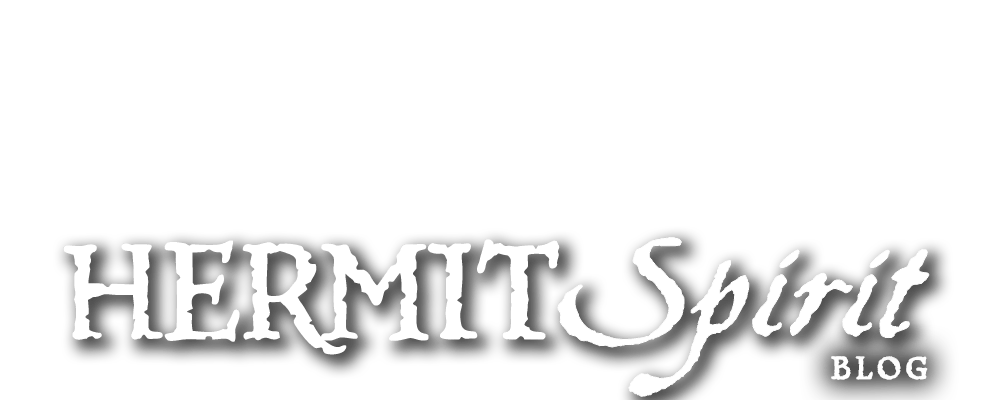It is one of my first 5K races in almost 25 years, and I am now not much more than a quarter of a mile past the one-mile mark on a beautiful course that runs along the largest river in our state. It is an absolutely perfect fall morning for a race: 57 degrees, crisp air, a cheerful sun, and little to no wind or humidity. Cool enough to not overheat, but not so cool that my muscles might tighten up competing in the brief split-side shorts and T-shirt I am wearing.
At 59 years old, I am still feeling my way back from the long absence from racing. This current race effort is purposely more intense than my first couple of testing-the-waters forays the previous month, and I am beginning to feel and remember what a real competitive attempt is like again.
Flirting with the limit of my current fitness, I am pushing hard but consciously holding back a bit to avoid going over the edge so I don’t crash and burn. And also because I’m still not quite sure where that edge really is, or exactly what it feels like — or used to feel like — after such a long time away.
I don’t want to risk running on the “red line” just yet. I’m getting closer to that day, but it can wait till next spring. After the two earlier fall races run well shy of my capability, this one is a time trial to wrap things up for the season and assess my true fitness level so I can determine a few key paces to target in training this winter. So while I’m enjoying grappling with the challenge, I don’t want to spoil things by potentially overreaching and nosing over into a painfully drawn-out tailspin for the latter half of the race.
A first encounter with the species
Not far ahead of me is a younger, tallish, somewhat overweight (at least for a runner), probably early-thirty-something man who is laboring heavily. It is a level of fatigue he should not be experiencing until the very last half-mile of the race, had he been pacing himself properly. He appeared in my sights a couple of hundred yards back, and I have slowly been closing in on him. But now, crossing over a bridge spanning the river on the route, with every stride the gap is visibly diminishing.
